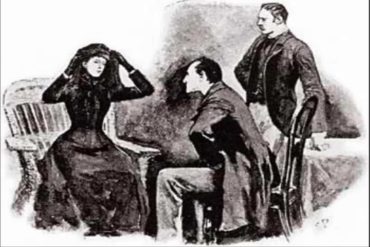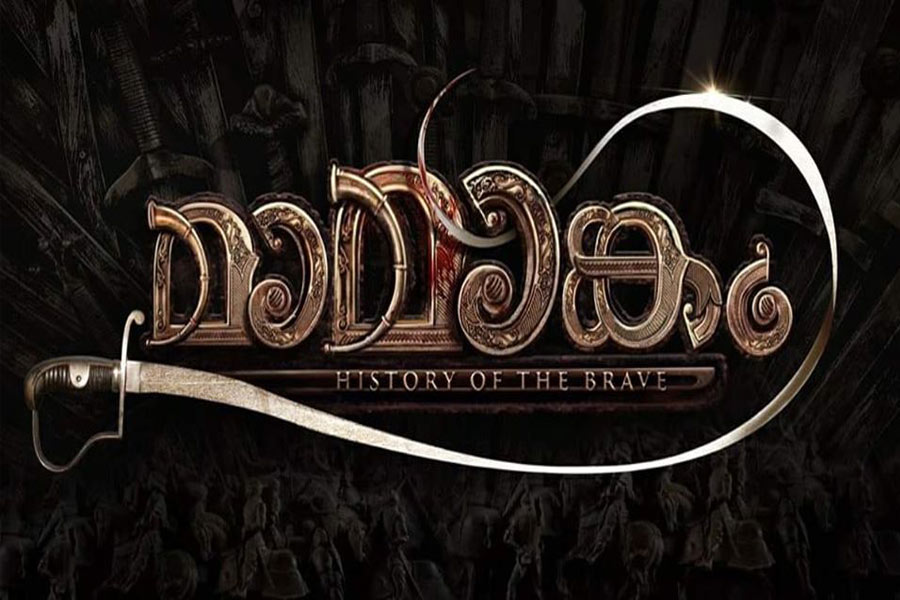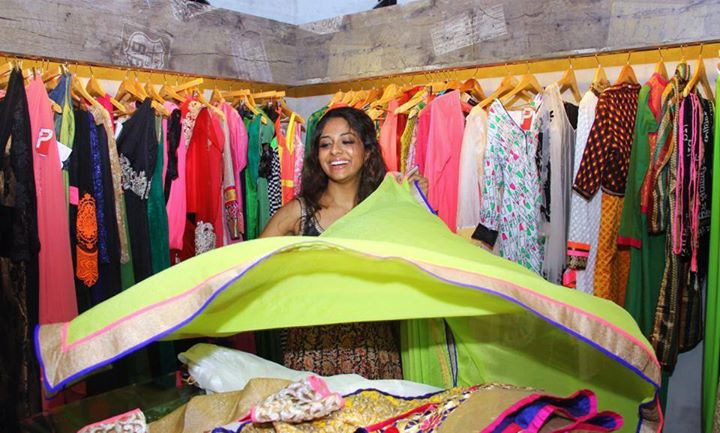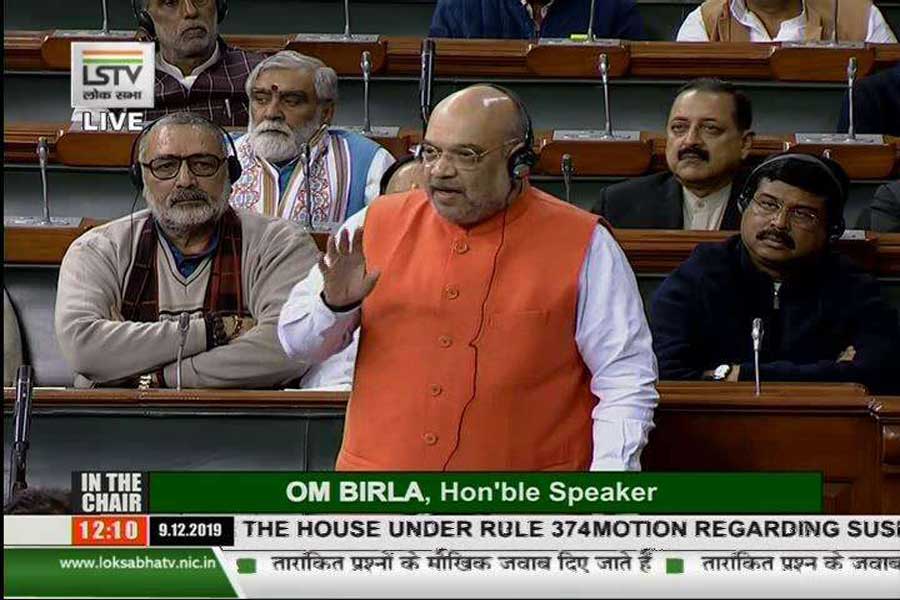When I wanted to write an article about the rising Kochi boutique culture, my first instinct was to take a walk by the streets of Panampilly Nagar. Modern and chic styled boutiques have sprung up on both sides of the road here, making one wonder whether the upsurge of boutiques in such a manner is because of tighter competitions or the plain reason that the target audience is endemic to just this street.
Around 27 years ago, Bina Mathew and Thangem Mammen laid the cornerstone for this culture with the first ever boutique in Kerala, ‘Weavers’. The idea was different from a normal pret-a-porter shop. But, was this change accepted? Did they succeed? What was lacking then and what is different today? Has their dream of transforming the city come true, if not, at least to any extent?

“Give it five years, Kerala is going to change” promises Ashima, one of the pioneers in the field who owns a brand under her name. “The market that I am targeting, here in Panampilly Nagar, is a little more exposed to the western culture, though not really experimental like you would expect them to be”, she adds. She exemplified this by relating to the Kerala Fashion Weeks.
When the whole event had started, people only came to watch the models onstage, or the fillers that were included in between, like pyrotechnics with fire orfire eating or a good classical dance performance. It was never about the designers or their new innovative ideas. But times have changed and the Fashion Weeks are now gaining more popularity for the designs.
Kochi can act as an advantage as well as a disadvantage to this new culture. If the aim is to cater to the general market we are at an advantage due to the presence of a vast audience who is ready to sign off a huge check to get a near couture experience. It helps this lot to go against the common flow and yet be in the same club, gaining admiration from the peers.
However, as every coin has two sides so does the boutique business. The dilemma arises because at the end of the day, the people who run these boutiques are designers, they cannot help but experiment. They follow fashion, not just the contemporary tranche but the Western segment as well. They have designers, ample supply of desired fabrics, illustrators to turn their ideas into reality, but not just the market to buy these designs.
“Yes, I agree. A few years back, if there was a new fashion trend out, or a new season of colours and cuts that had come out, we would probably have been the last ones to accept it and apply it in our designs.” says Poornima Indrajith, owner of Pranaah. “Yet again, that was a different time frame.” she adds.
When people endeavour into such fields of their interest, it invokes inspiration. Mrs. Indrajith says it was something she knew she would do eventually. “I always had an eye for colour,” says the former actress and TV anchor, “when the whole world says let’s do this, I feel – let’s do that.”
In this business, if you hail from the media industry, it gathers an additional hype and excitement among people. Like just before the interview, I witnessed a couple who travelled all the way from Mallapuram to buy from Poornima and click a selfie with her, something she very gracefully participated with an air of utmost friendliness.
“It does provide an advantage, from your friend circle and from people who admire you. But at the end, I feel, your talent will have to speak for you. Even though, this factor has helped me immensely, there is a huge amount of struggle and hard work put in by me and my team at Prannah to reach where we are today.” replies Poornima.
Kochi has hosted its share of Kerala Fashion Weeks, but the prejudice against this industry and the domain of fashion designing remain the same. People here consider it a flimsy work of sketch or illustration, or worse, pass it on as tailoring. But something they don’t understand is how much it has boomed over time and how much hard work has gone into it.
“It’s a huge business, a huge Empire.” says Ashima. “The people’s outlook needs to change. They need to understand that when we learn about fashion, we also learn about Marketing, branding, Printing and so much more. It’s a Huge Business.”
It doesn’t go without mentioning that this field has attracted many, some of them were successful, while others not so much. It all comes down to acceptance. “It also depends on how you market yourselves.” believes Ashima. “At the end of the day, what matters is the story that the picture tells.”
Another infamous hearsay that goes around is about how only women have an inclination towards the field. This tittle-tattle arises from the orthodox responsibility that the society takes upon itself to discourage men from entering into this field, in case it addles with their masculine standards.

Sreejith Jeevan, a very successful owner of the boutique Rowka, feels against fashion industry to be biased in any manner. “Of course, women enjoy shopping more than men do, but it cannot be neglected how the menswear industry has boomed since its growth. From a fashion student perspective, yes, women may be larger in number, but again when it comes to practising fashion, I don’t believe there is too much of a difference.”
Well, fashion industry has bloomed in Kochi compared to other parts of Kerala. Yet there is a long way to go. Plenty of people have shown their interest towards this field, as evident from boutiques springing up every other day in Kochi.
At the end of the day, it’s the new ideas that decide the future of boutique business. “At Rowka we take up every collection as a new experiment and it’s a challenge to create something new.” says Sreejith.
The art of garment creation is an immensely difficult one which involves making patterns, cutting up fabrics, measuring and stitching, ironing, packing and the list of tasks go on. The intention of the boutique culture was to promote this undervalued art form and give an opportunity to people to wear original and not off the rack clothes.
The biggest clientele that the boutiques serve are the fashion followers and the fashion conscious who religiously take it upon themselves to check the newest collections and colours.

The market is variable, but still present. It has its dry spells, but thank god for weddings and numerous award functions, people are getting a push to risk a new trend. And who else to help them experiment with fashion if not the hard-working innovative designers!
Kochi is re-inventing itself and all over Kerala people are storming in for a designer experience. Be it a Lehenga – Choli Muslim wedding or star studded traditional red Hindu Wedding Saree, people have started to look out for options. And that’s the idea the whole boutique culture is built on: more, new, better and exclusive options.







